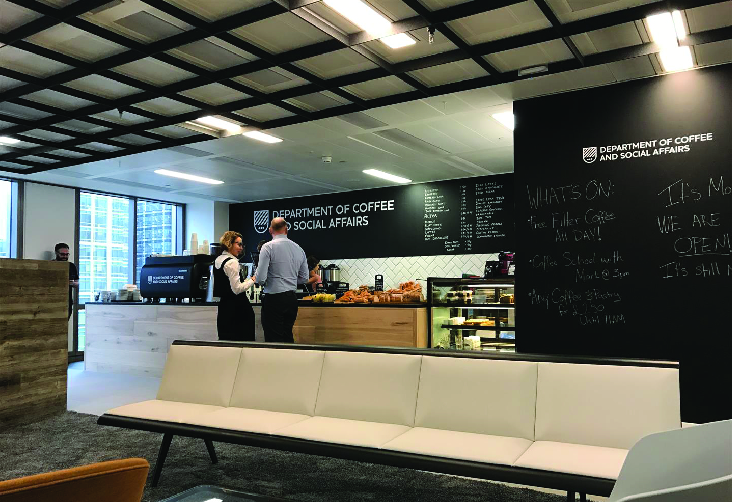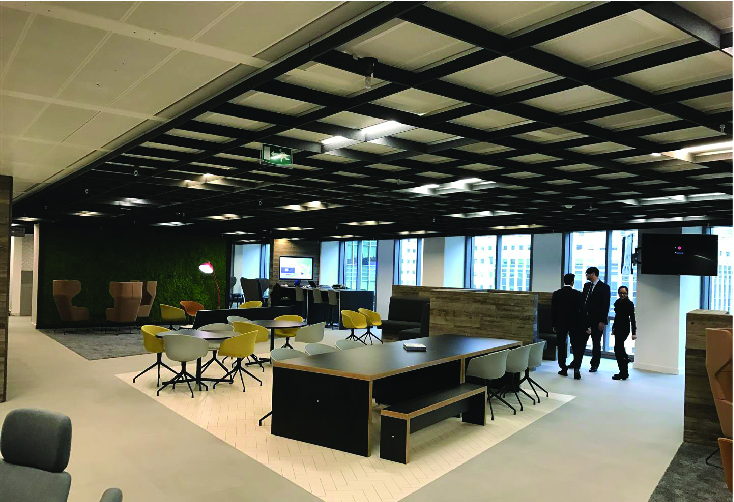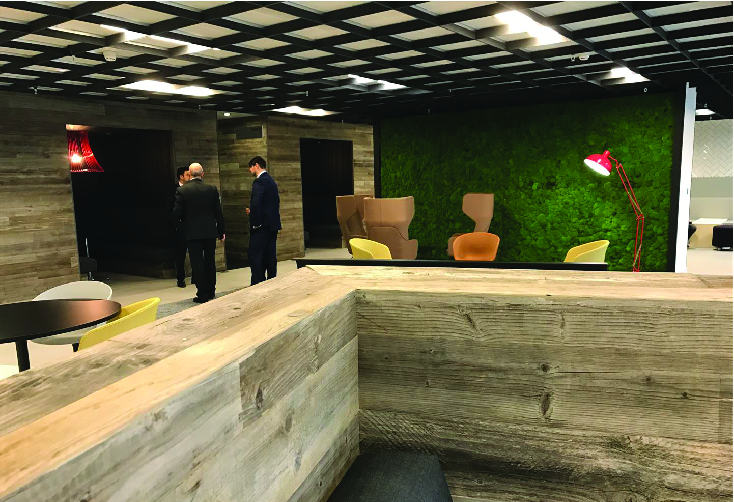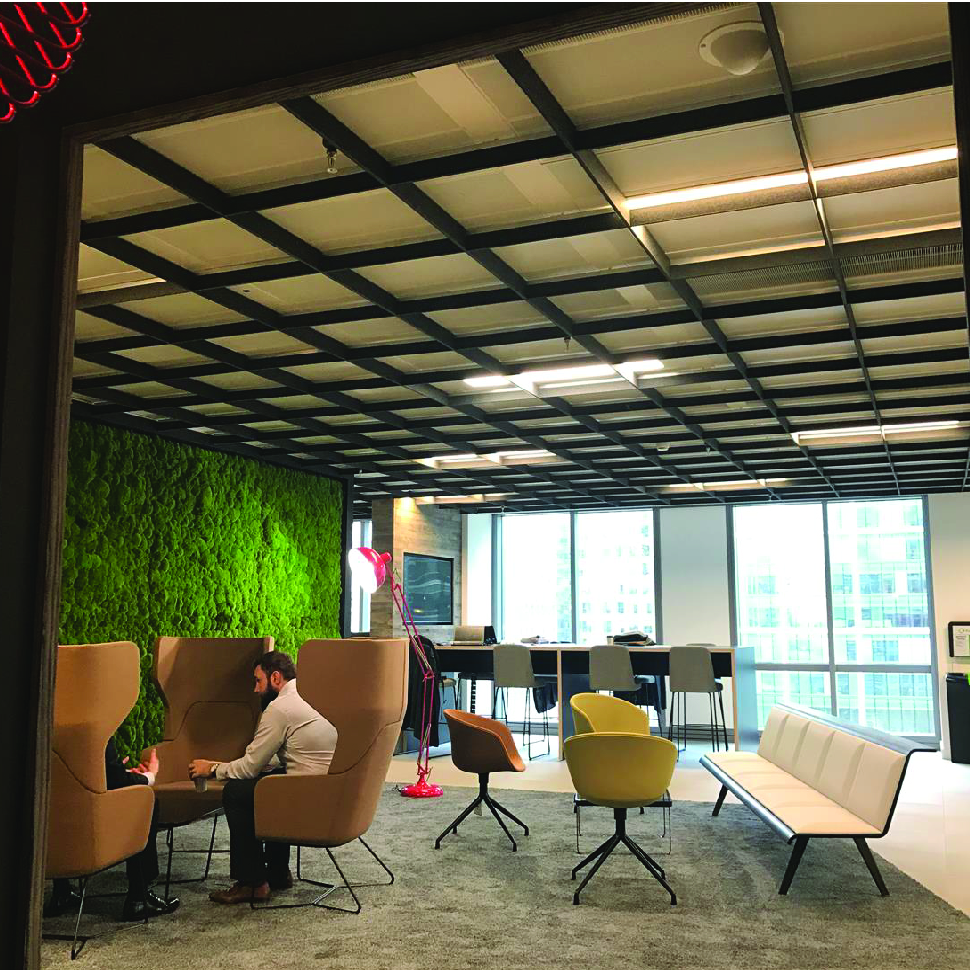Written by Dr Marie Puybaraud, Global Head of Corporate Research at JLL
Technology has become a key driver and an enabler within our day to day working lives. Advances in AI and connected technologies are unlocking huge potential for employees and businesses all over the world, improving productivity and efficiency. However, as these advances continue to open doors, employers cannot forget that workplaces must first and foremost still cater to the people who work in them.
Our recently published global study “Workplace, powered by Human Experience” reveals that the design of your workplace can help you transform your business. What’s more, it also unveils that helping people to feel good at work is more than a ‘box-ticking’ exercise in trying to achieve work-life balance. It goes far beyond that.
So why the seemingly sudden focus on the human experience, after decades in which it was a secondary issue?

Managers are increasingly aware that they get the best from people who are inspired by their work environment and for technological innovation to work seamlessly alongside people, the role of humans must be enhanced and nurtured. We only have to look at the figures from our report to see that this focus hasn’t simply been plucked out of thin air: employees recognise what they really need from their workplace.
Only 25 per cent of respondents to our survey said that the workplace should facilitate technological innovation. In comparison, nearly 70 per cent of respondents said their workplaces should make them happy.
A new generation of employees is more demanding – they want to work for and within organisations whose ethos they believe in and work environments in which they feel at home. Creating places where people want to be is therefore more important than ever. How then, do employers improve the quality of human experience in the workplace in tandem with the growth of technology?
Employers want to help their people communicate and to feel more committed, but where to start?

Our survey came up with some interesting answers. We already know that workers are turning away from the traditional workplace and desk-based concepts that we all are familiar with. Significant proportions of them want to escape their desks (39 per cent), find places to recharge their energy (40 per cent) and drop into spaces designed to aid concentration (47 per cent).
Our research also highlights the three main zones that employers need to address in order to cater to the needs of their workers: engagement, empowerment and fulfillment. Engagement is usually the area that organisations concentrate on most – demonstrating the reasons why employees should be committed to them. But winning engagement often also comes through offering more empowerment and fulfillment to staff.
Empowerment and fulfillment have strong real estate implications.
Empowered workers are often involved in designing their own physical surroundings and have access to a range of innovative spaces. Fulfilled workers know that their needs are catered for through the design of their workplace. Nearly 90 per cent of respondents were enthusiastic about a bigger focus on these issues: they support the appointment of a Chief Happiness Officer, someone to act as the custodian of their well-being.

There is absolutely no doubt about the crucial role that technology plays within our working lives, and its advances serve to make our everyday activity that little bit easier – for example, being able to interact with our colleagues in an office thousands of miles away over a video call.
Technology has become such an essential part of our work live that we sometimes forget how we ever worked without it. However, as we reach a new era of technology and our offices become smarter, more sustainable, and better at managing themselves than ever before, there is still much to be said for focusing on the needs of our peers and exactly how they work best in order to create a happy workforce.
After all, it’s people, not robots, who are still the ones doing the work


 Dr. Gleb Tsipursky – The Office Whisperer
Dr. Gleb Tsipursky – The Office Whisperer Nirit Cohen – WorkFutures
Nirit Cohen – WorkFutures Angela Howard – Culture Expert
Angela Howard – Culture Expert Drew Jones – Design & Innovation
Drew Jones – Design & Innovation Jonathan Price – CRE & Flex Expert
Jonathan Price – CRE & Flex Expert












